A Mother’s Ocean of Grief: The Orca Who Carried Her Baby for 1,000 Miles
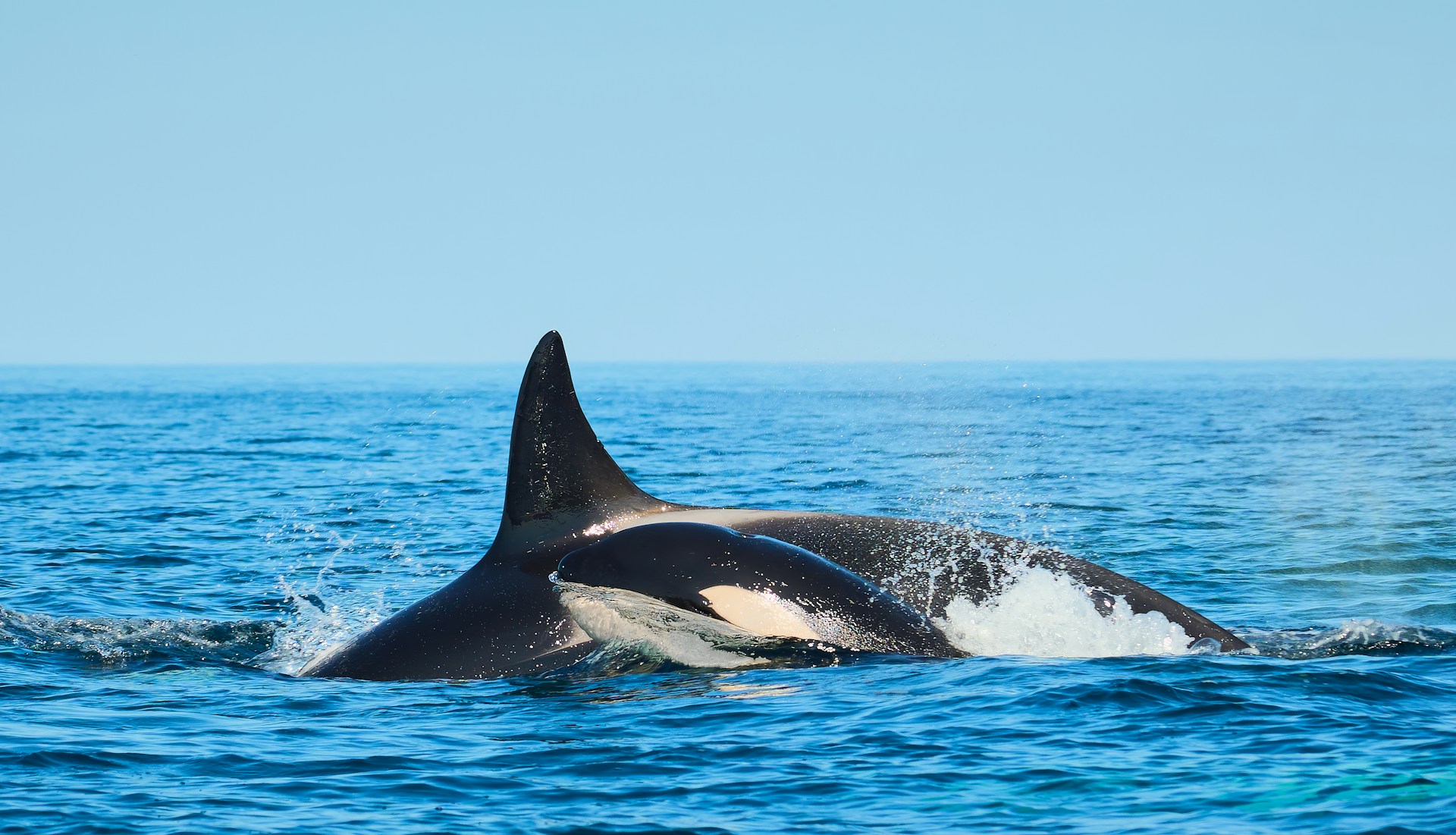
In the vast blue expanse of the Pacific Northwest, a mother orca named Tahlequah captured global attention with an act of devotion that defied comprehension. In 2018, the killer whale carried her dead calf on her head for an astonishing 17 days, covering over 1,000 miles of ocean. Her journey became a symbol of grief, resilience, and the mysterious emotional lives of animals. It was not just a spectacle of nature but a moment of collective mourning that united scientists, conservationists, and everyday people in empathy.
The story began when Tahlequah, a member of the endangered Southern Resident orca population, gave birth to a calf that lived only a few moments. As reported by National Geographic, instead of letting the baby sink beneath the waves, she lifted it gently to the surface and refused to let go. For more than two weeks, she balanced her calf on her rostrum, occasionally diving deep only to retrieve it again. This was not mere instinct but a profound demonstration of maternal attachment that challenged how humanity perceives animal emotion.
Observers from around the world watched with heavy hearts as the mother continued her vigil. Marine biologists followed her movements, documenting a procession of grief that transcended species. Orcas in her pod swam beside her, seemingly understanding the weight she bore, both physically and emotionally. Each day of her journey revealed something new about love, loss, and the silent endurance of life in the wild.
When Tahlequah finally let the calf sink into the deep, she did so in what many described as an act of release rather than defeat. Her story became a global symbol of the hidden emotional depths within marine life and sparked renewed urgency to protect her species from extinction.
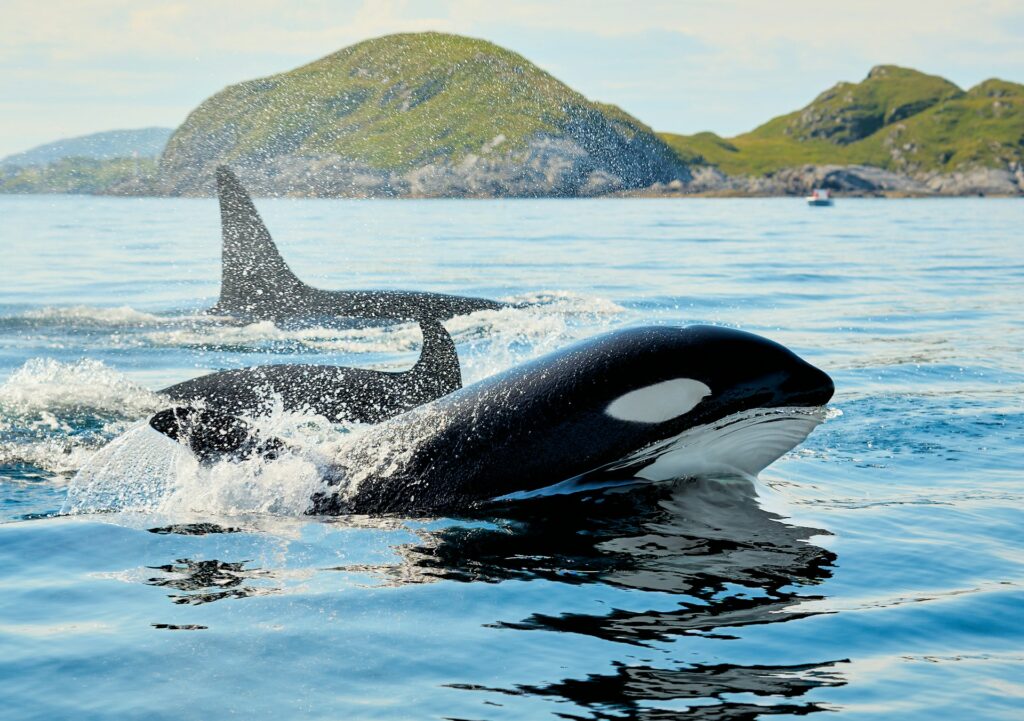
The Science Behind Orca Emotion And Grief
Tahlequah’s display of sorrow prompted scientists to look deeper into the emotional intelligence of orcas. According to marine researchers interviewed by World Animal Protection, orcas have some of the most complex brains among non-human species. Their limbic systems, which govern emotions, are highly developed, suggesting that they experience feelings in ways that mirror human emotional responses. This insight helps explain why grief rituals like Tahlequah’s might not be unusual in orca communities.
Studies of other cetaceans, such as dolphins and pilot whales, have also documented similar behaviors. Mothers have been seen carrying dead calves for days or even weeks. These actions are not about survival but about attachment. The persistence shown by Tahlequah represents a biological and emotional intertwining that science is only beginning to fully understand.
What made her story so haunting was its human familiarity. The image of a mother refusing to let go of her child resonates universally. Researchers have noted that such behaviors indicate a level of consciousness and empathy that forces us to rethink what separates humans from other species. Her journey became both a scientific revelation and a moral reflection.
Tahlequah’s actions also raised questions about stress, trauma, and the impact of environmental pressures on orcas. Experts pointed out that members of her pod have been struggling for decades due to food shortages, pollution, and vessel noise. In this light, her grief could be seen as not just personal but symbolic of an entire population in distress.
A Second Loss And The Weight Of Hope
Years later, the world once again turned its gaze toward Tahlequah when tragedy struck a second time. As reported by the New York Post, she gave birth again, only for her new calf to die shortly after. This time, she carried her baby for over 11 days, echoing the heart-wrenching journey that had defined her years before. Once more, her actions showed the deep emotional resilience that defines these majestic creatures.
Scientists and observers followed her closely, torn between sorrow and admiration. They hoped that she would eventually bear a healthy calf that could help strengthen the dwindling Southern Resident population. Her persistence was a reflection of the fragile balance between loss and renewal that defines life in the wild.
For those who had followed her first journey, the repetition of grief was almost unbearable. Yet amid the sadness, Tahlequah inspired a renewed commitment to understanding and protecting her kind. Her tragedy underscored the harsh reality that these animals face, living in increasingly hostile and depleted environments.
Her second loss reminded the world that conservation is not just about numbers but about lives intertwined with deep emotional experiences. Tahlequah’s sorrow was personal, yet it symbolized the shared grief of an ecosystem under strain.
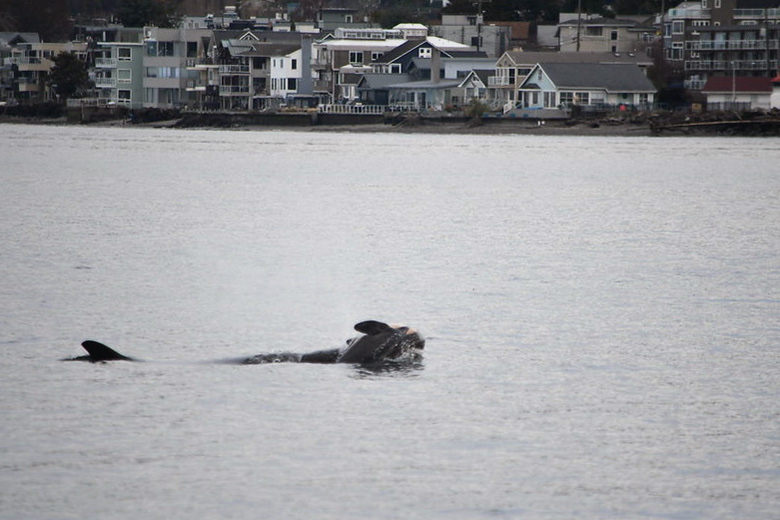
Lessons From The Deep: What Tahlequah Taught Humanity
Tahlequah’s story is more than a tale of maternal devotion; it is a mirror held up to humanity’s relationship with nature. Her grief spoke to something innate within all living beings, the need to connect, to mourn, and to honor life. For many, watching her struggle was a reminder of the emotional bonds that tie all creatures together, no matter the species.
Her journey also provoked reflection on the ways humans impact the natural world. Pollution, overfishing, and ship traffic have made it harder for orcas like Tahlequah to find food and raise their young. Each time a mother orca loses a calf, it reflects not just biological misfortune but environmental neglect. Her story forced many to confront the emotional consequences of ecological destruction.
People across the globe expressed compassion and solidarity. Messages of empathy poured in on social media, transforming Tahlequah’s private grief into a collective moment of awareness. Scientists credited this surge of attention with driving conversations about marine conservation and inspiring new generations to care for ocean life.
The lesson was clear: empathy is not a human monopoly. The orca’s act of carrying her calf challenged long-held assumptions about the limits of animal emotion and redefined what it means to grieve in the natural world.
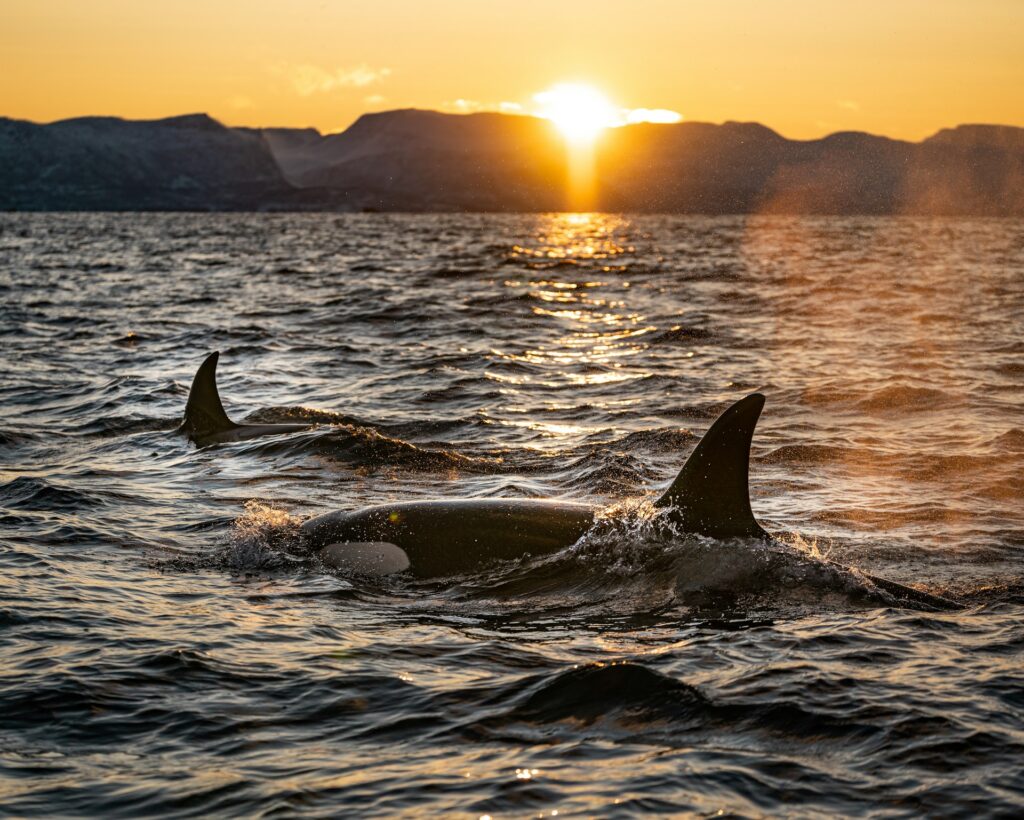
A Call For Compassion And Conservation
Tahlequah’s journey sparked not only emotion but also action. Conservationists renewed efforts to restore salmon populations, the primary food source for the Southern Resident orcas. Environmental groups pressed for stricter regulations on boat traffic and underwater noise, both of which interfere with orcas’ ability to hunt and communicate. Her story became a rallying point for oceanic preservation.
According to World Animal Protection, these initiatives are part of a broader movement to recognize marine animals as sentient beings with complex emotional and social needs. Such recognition has the potential to shift policy and public perception, leading to more humane and sustainable practices in ocean management.
Communities along the Pacific coast have since participated in educational programs and citizen science projects aimed at monitoring orca populations. These efforts not only aid conservation but also foster a deeper sense of stewardship. People who once viewed orcas as distant marvels now see them as neighbors sharing the same fragile planet.
Tahlequah’s act of mourning became an enduring symbol of hope. It showed that even in the depths of despair, life persists, and compassion can ripple outward to inspire change.
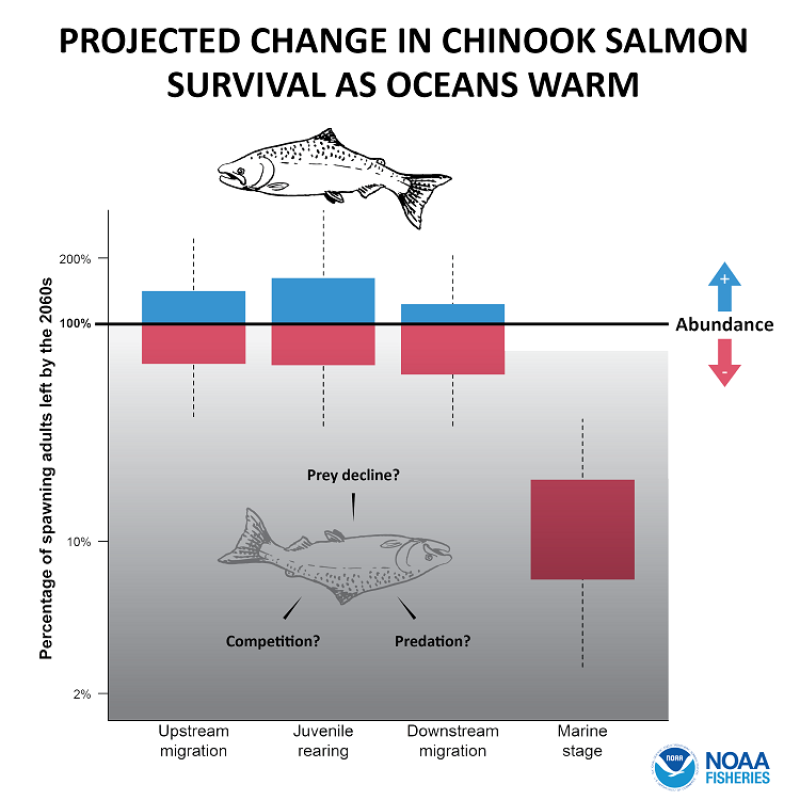
Image Credit: NOAA Fisheries
The Reflection Beneath The Waves
In the end, Tahlequah’s story is not about death but about love that refused to fade. Her 17-day vigil will be remembered as a testament to the emotional depth that exists beneath the ocean surface. It forces humanity to ask difficult questions: How much do we truly understand about the minds of animals? And what responsibility do we bear toward them?
Her journey invites reflection on our shared capacity for empathy and endurance. Just as she carried her calf through the waves, we carry the weight of our choices on this planet. Every act of conservation, every effort to reduce harm, becomes a gesture of shared healing.
The sight of a grieving orca moving through the cold waters of the Pacific will forever serve as a reminder that love knows no species. Tahlequah’s devotion transcended language and culture, echoing through hearts around the world.
As her story continues to inspire new generations, one truth remains clear: in the vastness of the ocean, even the smallest act of compassion can create ripples that travel farther than we ever imagine.
Featured Image Credit: Coutesy of Vidar Nordli-Mathisen | Unsplash
Loading...

